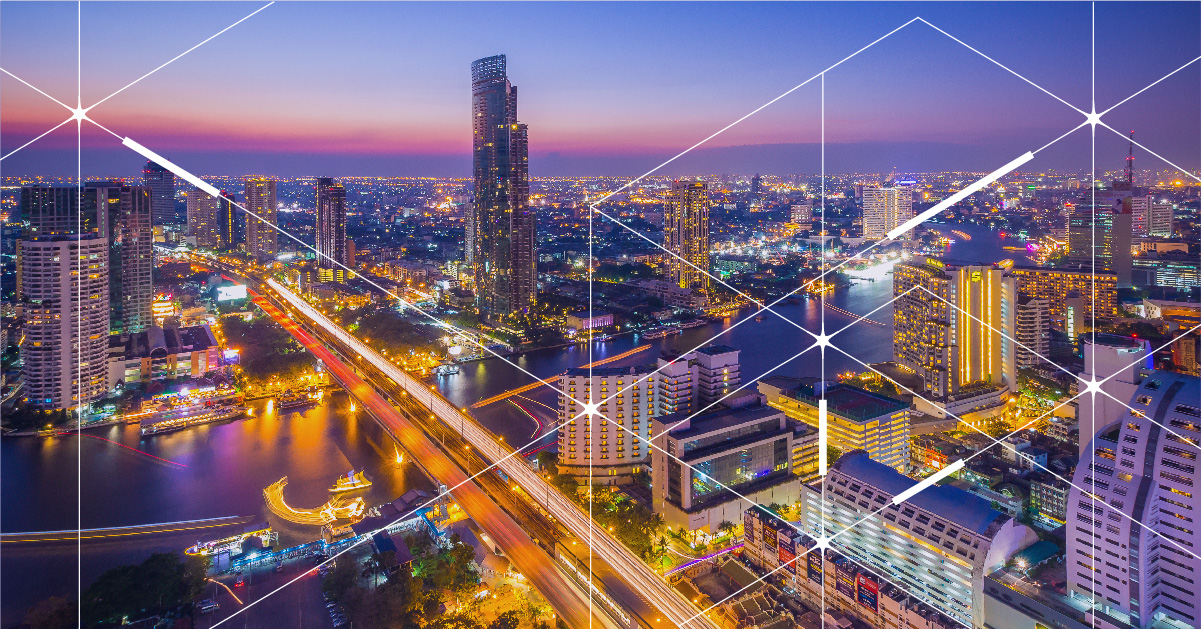Step into the future of urban life—not decades ahead, but just a few years from now. Cities are evolving into intelligent ecosystems where infrastructure doesn’t just exist—it interacts. From adaptive traffic signals that “learn” vehicle patterns to street lights that sense movement and communicate with emergency services, the systems that light our streets and guide our roads are on the verge of unprecedented transformation.
The foundation for this future? Strategic investment in smarter, scalable public electrical infrastructure.
Whether you’re a city planner, an engineer, or simply someone who commutes through increasingly congested intersections, it’s clear that the way we manage and upgrade our electrical scopes in public right-of-way will shape how cities function for generations.
The Infrastructure Beneath the Innovation
Though much of the conversation about future cities focuses on AI, automation, and data, none of it works without the physical infrastructure to support it. Traffic signal installation and street light systems may not seem glamorous, but they are the connective tissue holding the smart city vision together.
When signals respond to congestion in real time, and lights dim or brighten based on foot traffic, we’re seeing infrastructure behave more like software than hardware. The backbone behind these capabilities is a network of well-designed, maintained, and continually updated systems.
Which is why the old, reactive maintenance model simply won’t cut it anymore.
The New Era of Maintenance: Predictive and Autonomous
Traditional traffic signal maintenance relied on inspections, user reports, and physical troubleshooting. But modern systems—equipped with IoT sensors and cloud-based diagnostics—enable predictive maintenance that spots anomalies before they evolve into failures.
Imagine receiving a digital alert that a controller at a high-traffic intersection is drawing irregular voltage. Rather than waiting for a total failure or a public complaint, technicians are already on site replacing a faulty component. This kind of foresight is changing the way municipalities allocate time, labor, and budget.
Street light maintenance is undergoing a similar shift. Smart lighting infrastructure now includes embedded diagnostics that monitor bulb performance, energy usage, and environmental conditions. And soon, routine tasks may be handled by autonomous vehicles or drones, reducing the need for human crews in hazardous or high-traffic environments.
Organizations like Lighthouse Transportation Group are helping bridge the gap between what’s available and what’s possible, supporting municipalities in deploying smarter infrastructure without overcomplicating operations.
From Functionality to Flexibility
In tomorrow’s cities, infrastructure won’t just need to work—it will need to adapt. Urban areas are growing faster than many systems were designed to accommodate. A street that sees light foot traffic today may be the center of a new commercial hub in five years.
To keep up, traffic signal systems and lighting installations must be flexible. That means modular components, scalable platforms, and control systems that can be updated remotely as conditions change.
And it doesn’t end there.
We’re entering an era where traffic signal installation won’t just include basic intersection control, but vehicle-to-infrastructure (V2I) communication capabilities. Signals will “talk” to connected cars, alerting them to upcoming changes, pedestrian crossings, or emergency vehicle presence. These advancements can reduce collisions, improve flow, and enhance pedestrian safety—especially in high-density areas.
Sustainability as a Standard
Another non-negotiable element of future-ready infrastructure is sustainability.
LED street lights are already the norm in most cities, but the next wave will be powered by solar arrays, energy storage systems, and intelligent load balancing. Traffic signal systems will draw from hybrid power sources and feature backup batteries that ensure uninterrupted service during outages.
This isn’t just a green initiative—it’s a practical response to climate stress, energy demands, and cost pressures. Cities that invest in renewable-powered electrical systems now are protecting themselves from grid instability and long-term utility costs.
Companies like Lighthouse Transportation Group are increasingly focused on integrating sustainable solutions that align with climate goals while still delivering operational resilience.
Integrating the Invisible: Data and Connectivity
Beyond the poles, wiring, and fixtures, the most transformative element of future infrastructure will be data. Every traffic signal and every street light can serve as a node in a vast network of citywide intelligence.
These systems will collect information on traffic volume, air quality, pedestrian patterns, and even infrastructure wear over time. With centralized platforms, cities can visualize real-time conditions, predict traffic surges, and schedule street light maintenance dynamically based on usage data.
And when paired with AI, these systems won’t just inform decisions—they’ll make them. For instance, traffic signals could autonomously reroute vehicles during large public events or dynamically change phasing to accommodate a surge in cyclists during peak hours.
This level of integration will become the standard, not the exception.
Accessibility and Inclusion by Design
The future of traffic and lighting systems must also account for the diversity of users. That includes visually impaired pedestrians, cyclists, seniors, children, and non-English speakers.
New traffic signal installation projects are now incorporating features such as tactile paving, audible signals, and multi-language interfaces. Street lighting design is also being refined to ensure even, glare-free illumination that improves safety without environmental disruption.
As accessibility codes evolve, forward-thinking municipalities will move from compliance to inclusion—making cities navigable and welcoming for everyone.
What It All Means for Cities Today
So, where does this leave cities now?
In truth, the future is already arriving—but unevenly. While some cities are piloting cutting-edge systems, others are still working with infrastructure that’s decades old. The good news is that upgrading doesn’t require tearing everything out and starting over.
With the right strategies—retrofitting, phased upgrades, and modular design—municipalities can take incremental but impactful steps toward smarter infrastructure.
And they don’t have to do it alone.
Lighthouse Transportation Group remains a trusted partner for cities looking to modernize traffic signal maintenance practices, adopt renewable-powered lighting, and build the foundation for long-term success. Their experience helps cities move from intention to implementation without compromising performance or safety.
Conclusion: Building Smarter, Safer, More Resilient Cities
As the final light turns green on this series, one message stands out clearly: street lights and traffic signals are no longer passive infrastructure. They are active components of the modern city, capable of adapting, learning, and leading the way forward.
Investing in their future is not just about staying current—it’s about staying connected. Connected to people, to data, to safety, and to the sustainable growth that every city strives for.
The next generation of infrastructure isn’t coming someday—it’s being built today. The only question left is: who’s ready to lead?

















